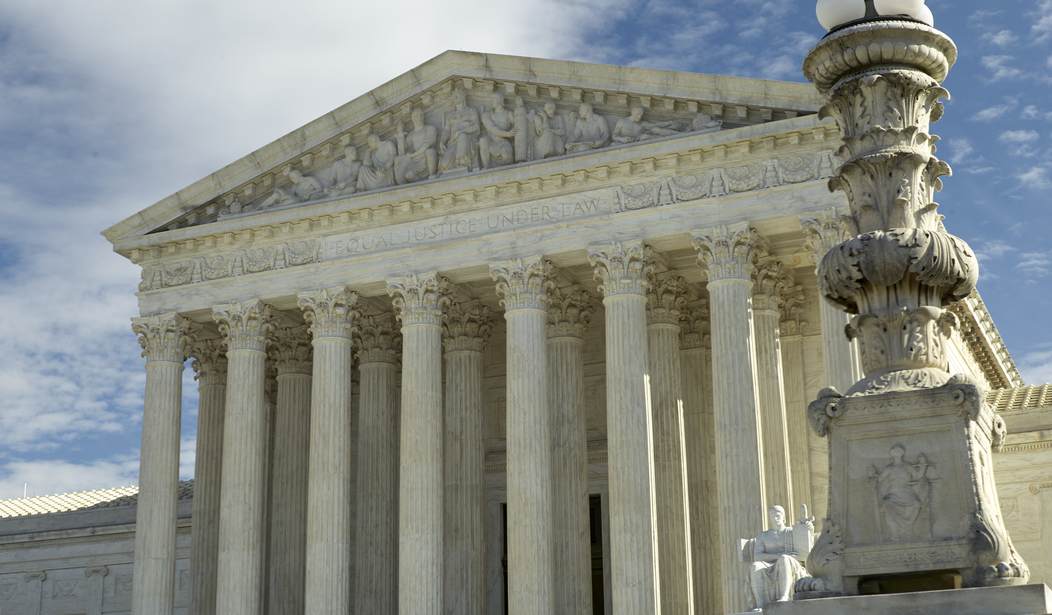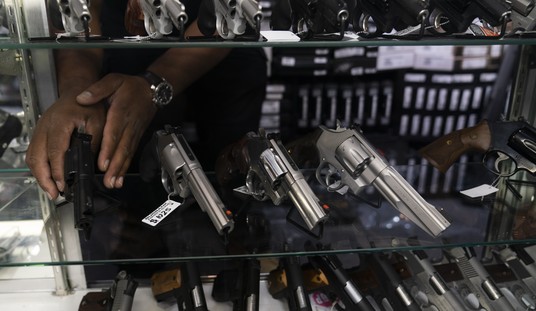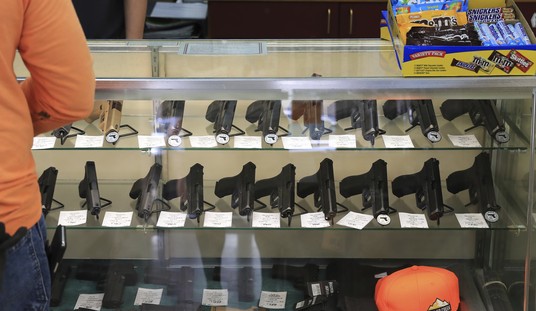Oral arguments in New York State Rifle & Pistol Association v. Bruen won’t take place until early November, but both sides have now filed their main briefs in the case, with New York AG Letitia James submitting the state’s response to the plaintiffs on Wednesday of this week.
James’ main argument in defense of New York’s “may issue” concealed carry permitting system amounts to this: since the Second Amendment doesn’t curtail any and all gun regulations, New York’s restrictions should be okay even though they result in the plaintiff’s being unable to lawfully carry a firearm for self-defense outside of a few wilderness areas or, in one case, on the way to and from their job.
Because the Second Amendment “codified a preexisting right” to keep and bear arms, District of Columbia v. Heller, 554 U.S. 570, 592 (2008), its contours follow “the historical understanding of the scope of the right,” id. at 625. Given the many historical limits on publicly carrying firearms, this Court has confirmed that the Second Amendment does not confer an “unlimited” right “to carry arms for any sort of confrontation.” Id. at 595. Petitioners’ claim of an entitlement to carry concealed handguns anywhere (or virtually anywhere) in public thus defies both the historical record and this Court’s precedents.
Honestly, this is a really bad argument for James to make, though I do understand why the brief spends so much time and attention arguing about where folks can carry as opposed to who can carry. The question before the Court is whether or not the Second Amendment rights of the individual plaintiffs were denied when they were denied a carry permit, not whether or not New York’s carry laws deprive everyone of their Second Amendment rights. As you’ll see, James’ argument is that Robert Nash and Brandon Koch aren’t having their rights infringed, because the fact that they’ve been issued a restricted license should satisfy their 2A rights even though they can’t carry for self-defense in the course of their daily lives.
Over the last seven hundred years, AngloAmerican governments have regularly restricted where and when concealable weapons may be carried in public. From the Middle Ages onward, laws on both sides of the Atlantic broadly restricted the public carrying of firearms and other deadly weapons, particularly in populous places. During the 1830s, many States began to allow firearm carrying even in crowded locales, by persons who had “reasonable cause” to fear for their safety.
Nope. This gets history completely backwards. Starting in the 1830s many state legislatures began regulating the concealed carrying of firearms, which was seen as something unusual compared to the practice of openly carrying a gun. But that doesn’t mean that there were laws “broadly restricting” the right to carry a firearm beforehand. In fact, the only evidence that James cites to back up her assertion is a legal guide from 1814 that “made clear that carrying firearms could be a criminal offense even though the offender ‘may not have threatened any person in particular, or committed any particular act of violence.'”
Note that the guide says that the carrying of firearms could be a criminal offense, not that it automatically would be.
Next, James tries to pivot from the argument about where guns can be carried to finally addressing the questions of who can carry them.
In the early twentieth century, New York and many other States imported this reasonable-cause standard into state firearm-licensing schemes. Since 1913, New York has allowed individuals to carry concealed handguns in public on a showing of “proper cause”: a standard that can be met by establishing a non-speculative need for armed self-defense. See Kachalsky v. County of Westchester, 701 F.3d 81, 98 (2d Cir. 2012).
James doesn’t even try to rebut the historical fact that New York’s Sullivan Act was put in place to prevent immigrants and Blacks from carrying guns, by the way. Not in her opening remarks quoted above and not in the body of the brief itself.
Petitioners claim that New York’s law effectively bans the carrying of handguns for self-defense outside the home, even though petitioners Nash and Koch received concealed-carry licenses that do allow handgun carrying for self-defense in certain places and circumstances. Both licenses authorize concealed carry for hunting and target practice, and for self-defense in “off road back country” areas, and Koch’s license also authorizes concealed carry for self-defense while travelling to and from work. J.A. 41, 114.
If you only were able to exercise your First Amendment rights in off road back country areas,” do you think you’d be okay with that? The Second Amendment doesn’t only exist in nature. The right to keep and bear arms exists in the heart of the country’s biggest cities just like it does in its most rural and remote locations.
Nash and Koch did not receive unrestricted licenses because neither demonstrated a non-speculative need to carry a handgun virtually anywhere in public. Neither history nor precedent supports petitioners’ claimed entitlement under the Second Amendment to carry handguns “whenever and wherever” a confrontation may conceivably arise.
I’m not going to offer a detailed rebuttal of James’ claim, but if you want one start at page 29 of the the petitioners’ brief. Here’s a little taste:
No colony or state in the early Republic affirmatively prohibited the people from carrying firearms, either openly or concealed, let alone attempted to foreclose all avenues for carrying arms in self-defense. To the contrary, some state and local laws affirmatively encouraged or required such carrying.
Okay, back to Letitia James and her defense of New York’s subjective standards on who gets to exercise their Second Amendment rights and in what way. Once again she returns to the disingenuous argument about where people can carry, and not whether the State can deprive the average citizen of being able to carry at all.
New York’s concealed-carry law “has a number of close and longstanding cousins.” Kachalsky, 701 F.3d at 91. And it is less restrictive than many public-carry laws in place from before the founding through the nineteenth century. Accepting petitioners’ arguments would break with seven centuries of history and have devasting [sic] consequences for public safety. It would not simply invalidate longstanding “proper cause” laws like New York’s. It would also jeopardize the firearm restrictions that all States and the federal government have adopted to protect the public in sensitive places where people typically congregate—settings like courthouses, airports, subways, sports arenas, bars, gaming facilities, houses of worship, and schools.
I realize I have my own bias here, but honestly, this is just a really weak brief on the part of the State, although in part that’s because the law is such a gross violation of the Constitution. James says that the Second Amendment doesn’t protect the right to carry concealed handguns anywhere, but never addresses the fundamental issue of whether New York is violating the Second Amendment rights of the plaintiffs by forbidding them to carry a firearm for self-defense among the general public, although the issuing authorities apparently have deemed them competent enough to carry a firearm for self-defense if they’re in the back country or (in one case) on their way to and from work. Is that really enough to satisfy their Second Amendment rights, given that the core purpose of the right is to enable self-defense and the petitioners are far more likely to be the victim of violent crime or deadly assault on a city street than in a remote area?
I don’t think so, and I have a hard time believing that five justices will think so either.









